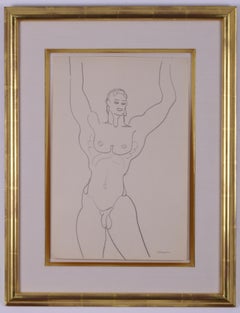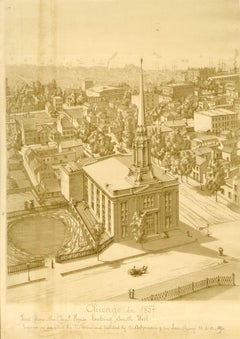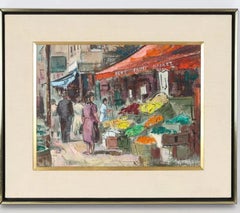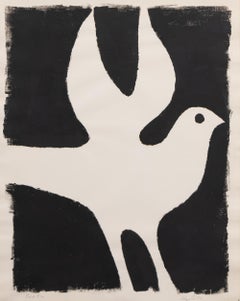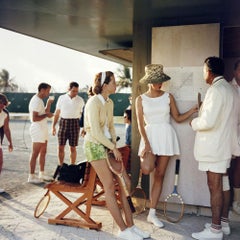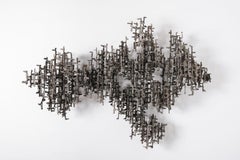American Modern Art
1930s American Modern Art
Graphite
Mid-20th Century American Modern Art
Lithograph
Mid-20th Century American Modern Art
Masonite, Oil
1940s American Modern Art
Monotype
20th Century American Modern Art
Photographic Paper, Color, C Print, Digital
Mid-20th Century American Modern Art
Steel
1930s American Modern Art
Paper, Pastel
1920s American Modern Art
Lithograph
20th Century American Modern Art
Screen
1960s American Modern Art
Canvas, Oil
1940s American Modern Art
Offset
1930s American Modern Art
Paper, Pastel
1980s American Modern Art
Photographic Paper, C Print
1930s American Modern Art
Canvas, Oil, Board
1930s American Modern Art
Paper, Charcoal
1930s American Modern Art
Lithograph
1970s American Modern Art
Lithograph
Early 20th Century American Modern Art
Archival Paper, Drypoint, Etching
1940s American Modern Art
Canvas, Oil
1940s American Modern Art
Offset
1950s American Modern Art
Lithograph
1970s American Modern Art
Screen
1940s American Modern Art
Lithograph
Late 19th Century American Modern Art
Lithograph
1960s American Modern Art
Paper, Charcoal
1930s American Modern Art
Canvas, Oil
1940s American Modern Art
Paper, Watercolor
20th Century American Modern Art
C Print, Color, Photographic Paper, Digital
1920s American Modern Art
Canvas, Oil
1990s American Modern Art
Paper, Lithograph
1950s American Modern Art
Paper, Screen
Mid-20th Century American Modern Art
Canvas, Oil
Mid-20th Century American Modern Art
Paper, Graphite
1930s American Modern Art
Lithograph
Mid-20th Century American Modern Art
Bronze
1920s American Modern Art
Paper, Woodcut
1940s American Modern Art
Paper, Crayon, Graphite
1990s American Modern Art
Offset
1940s American Modern Art
Canvas, Oil
1960s American Modern Art
Offset
Early 20th Century American Modern Art
Handmade Paper, Lithograph
Mid-20th Century American Modern Art
Oil, Board
20th Century American Modern Art
C Print, Photographic Paper, Color, Digital
1920s American Modern Art
Archival Paper, Etching, Aquatint
Mid-20th Century American Modern Art
Paper, Charcoal
1930s American Modern Art
Pencil
1950s American Modern Art
Masonite, Oil
1970s American Modern Art
Offset
1960s American Modern Art
Watercolor, Archival Paper
1930s American Modern Art
Woodcut
20th Century American Modern Art
C Print, Photographic Paper, Color, Digital
1930s American Modern Art
Etching
1950s American Modern Art
Lithograph
1990s American Modern Art
Offset
1930s American Modern Art
Lithograph
1930s American Modern Art
Watercolor, Board
1930s American Modern Art
Mixed Media
1940s American Modern Art
Masonite, Oil
Mid-20th Century American Modern Art
Paper, Charcoal
1950s American Modern Art
Ink, Paper
